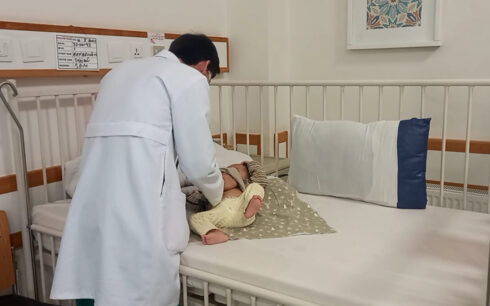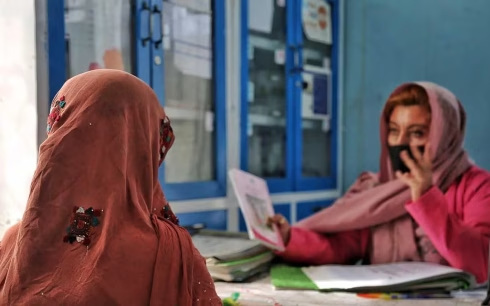KABUL, Afghanistan — The World Health Organization has warned that more than 10 percent of Afghanistan’s population could lose access to health care by the end of this year, following a sharp decline in international aid — particularly from the United States.
With a population of roughly 45 million, Afghanistan remains one of the most aid-dependent countries in the world, according to the organization.
The U.S. decision to halt funding to key global health programs earlier this year has already forced the closure of more than 364 health centers across the country, leaving at least three million people without access to basic medical services.
An additional 220 health facilities are at risk of shutting down by the third quarter of 2025, according to WHO officials.
“This means that over half of the 1,068 currently operating health facilities in Afghanistan could close,” said Edwin Salvador, WHO’s representative in Afghanistan, in comments to Agence France-Presse. “That could leave another two to three million people without health care.”
Following the loss of U.S. support, other donors have attempted to fill the gap, Salvador said, but the funding shortfall remains significant. “The gap is simply too big,” he added.
Salvador warned that if the current trend continues, Afghanistan could face outbreaks of preventable diseases such as malaria, dengue, and tuberculosis. Vaccination programs would also face severe disruptions, he said.
He further noted that efforts to eradicate polio — a disease that remains endemic only in Afghanistan and Pakistan — are also under threat due to the funding crisis.
The decline in health funding follows a directive from President Donald J. Trump to dissolve the U.S. Agency for International Development and begin withdrawing from the World Health Organization, a move that has further strained global humanitarian support mechanisms.
Prior to the funding cut, the WHO operated with an annual budget of $42.8 billion, with the United States contributing 42 percent of global humanitarian health aid.
According to United Nations estimates, 22.9 million people in Afghanistan will require humanitarian assistance in 2025. Data from the U.N. Development Program shows that roughly 85 percent of Afghans live on less than one dollar per day.
“I know there are many priorities in the world today,” Salvador said. “But I urge the international community not to forget the needs of Afghanistan and its people.”





